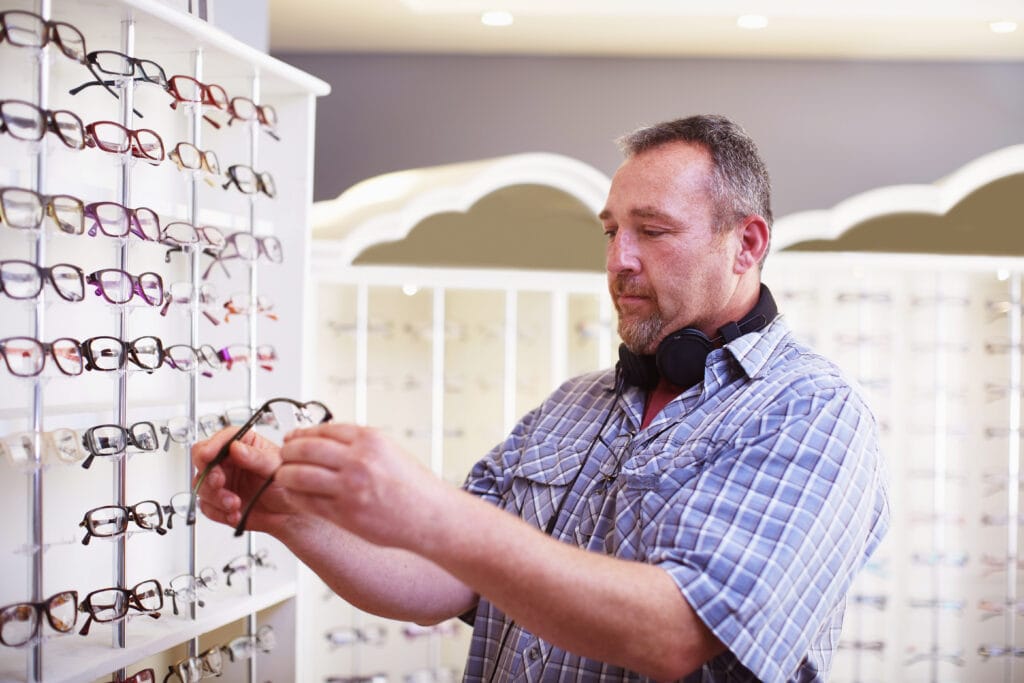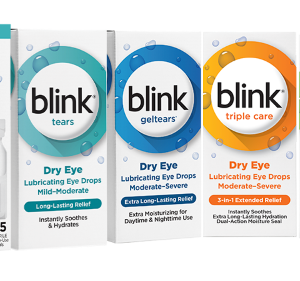April 11, 2023
Following up on a previous article in which we explored the market size of over-the-counter (OTC) readers, we surveyed eye care professionals to determine if they are taking advantage of the business opportunities this market presents.
Survey Examines Prevalence of OTC Market
A survey was sent to 100 practitioners. A total of 78 practices responded to the following questions:
- Do you sell OTC readers in your practice? Yes or No.
- Do you encourage or discourage OTC readers for your patients? If encourage, do you give them a “number” that would best suit them?
- When patients first mention a slight need for near vision help, do you recommend single vision Rx, progressive Rx, or flat top bifocals?
- Is there a better type of progressive lens that is best for an incipient presbyope and another for a veteran presbyope?
- What percentage of first-time presbyopes do you prescribe progressive lenses for? _______%.
Survey Says: ECPs Seldom Display OTC Readers
Based on the results, 62 practices reported to displaying and selling OTC readers. Still, many of those queried said that by promoting OTC readers, their sales of regular multifocal and progressive lenses would be substantially harmed. Also, several of the ophthalmology practices said they only stock readers for their post-operative cataract patients, so they only carried +2.25D or +2.50D models, and they gave those free to their post-op patients. Most of the ophthalmology practices stated they didn’t have an optical dispensary and were more surgically oriented.
Robert Lopanik, OD, a retired optometrist in Charleston, S.C., stated that his practice had been almost completely a contact lens practice and that he used one-piece clear OTC readers to give to his contact-lens-wearing presbyopes free of charge.
For question number two, none of the respondents promoted the use or purchase of OTC readers. However, nearly all said they would give their patients a dioptric number when asked. Tommy Crooks, OD, from Birmingham, Ala., and past president of the American Optometric Association, explained the delicate conversation that the optician would have explaining the advantages of prescription lenses over OTC glasses. It is important to have patients realize that the promotion of prescription lenses over OTC readers was for the patients’ benefit, and not pecuniary reasons.
Start Presbyopia Patients with a Progressive Lens
Regarding question number three, nearly all the doctors stated that they felt it was very important to start the patients off in a progressive lens because it is easier to adapt when the addition is a smaller amount. Most doctors also felt it was important to start the presbyopic discussion before the lenses were needed.
I listened to a Women in Optometry podcast in which Drs. Pamela Lowe, OD, and Melissa Barnett, OD, FAAO, FSLS, FCLA, discussed the early preparation of patients and introduction to presbyopia.1 When the need came, the patients were much more receptive of the changes necessary.
Doctors gave question number four an overwhelming amount of support. Dr. Crooks, as well as most of the others, stated that the lens manufacturers of today clearly had lens designs that favored early adapters as opposed to those they prescribed to their patients who had been wearing progressive lenses for several years. Each doctor should have a detailed conversation with their lens company as to which designs they recommended for their early presbyopes. These lenses have often become known as “soft” progressive designs, and empirical results have shown that patients are much happier with these lenses in their early wearing experiences. Timothy Coronis, ABOC, wrote about the use of different PALs made with digital surfacing, freeform technology, and wavefront design in “Matching Presbyopes with Progressives” in 20/20 Magazine. 2 These are the latest and greatest from many of today’s lens manufacturers.
Finally, question number five had a slam dunk return of opinions. Nearly 95% stated that they prescribed progressives for their first-time presbyope. Dr. Crooks stated that when patients had serious financial questions and concerns, he occasionally did prescribe flat top designs. However, after a careful detailed explanation of the advantages of the newer designs and technology, most patients selected the modern offerings.
References
1 WO Voices. Dr. Melissa Barnett and Dr. Pam Lowe: The Opportunity With the Upcoming Presbyopic Wave
2 Matching Progressive with Presbyopes, Coronis, Timothy, 20/20 Magazine, July 2007, pp Cover Article.





